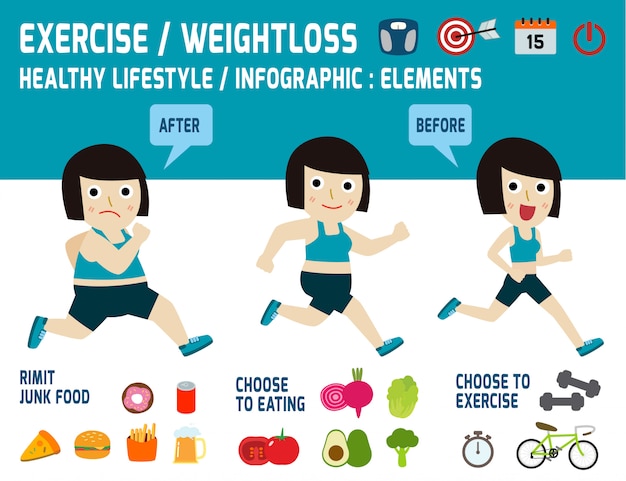Cold Laser Therapy Explained
Cold Laser Therapy Explained
Blog Article
What to Anticipate Throughout a Cold Laser Technique Session
Cold laser therapy is a non-invasive, pain-free therapy that helps reduce inflammation and enhances cell regeneration. It is a secure option to intrusive procedures and usually has immediate outcomes.
Laser photons launch a chain reaction of chain reactions within the cell that decrease pain, swelling, and speed up healing. It boosts blood circulation to the location by inducing vasodilation.
What to Anticipate
Cold laser treatment is a non-invasive treatment that utilizes low-level laser light to penetrate deep right into injured cells, causing cell function on numerous levels to advertise tissue recovery. This helps reduce discomfort and swelling, while promoting contraction and regeneration.
Throughout a session, you'll sit or rest comfortably and the expert will note the locations on your body that requirement to be dealt with. The practitioner after that applies a little portable device with the laser to the location. Throughout the treatment, you might really feel a small prickling or warmth in the area of your injury.
Prior to beginning treatment, it's important to clean up the location of your injury and remove any type of precious jewelry or other things that could obstruct of the laser's course. It's also important to stay clear of any combustible materials that could be in the location of the laser light beam. This will guarantee your safety and security and the effectiveness of the treatment.
Prep work
Cold laser therapy works by radiating light externally of your skin. The light is absorbed by the top layer of your skin and afterwards stimulates the cells to produce power that advertises recovery.
During the treatment, you might really feel a cozy or tingling feeling in the location that is being dealt with. This is completely normal, though you ought to allow the expert know if the feeling is uneasy or also solid.
This therapy has a lot of guarantee for aiding people with traumatic brain injury (TBI). The treatment is non-invasive and does not have any kind of negative side effects. Nevertheless, more study is needed to identify the ideal therapy method. The most effective means to find out if you are a candidate for this type of therapy is to talk to a skilled physiotherapist. They will certainly have the ability to aid you determine if cold laser therapy is right for you.
The Treatment
Once the specialist has correctly positioned you for treatment, they will then put the chilly laser gadget on the hurt area. They may keep it on for 30 seconds or longer, depending on the size of the injury and its sensitivity. They will use protective goggles to ensure that the laser does not directly hit the eyes, and they will certainly see to it that you are protected from any kind of glow that can take place.
You might really feel a minor tingling feeling on the area that is being treated, but it will certainly not be unpleasant or unpleasant. This is an indication that the laser is functioning to promote the healing process in the affected tissue.
Most people experience discomfort alleviation within a couple of sessions, with some seeing long lasting results even after numerous months of therapies. It is necessary to keep in mind that LLLT is not indicated as a sole treatment for any persistent discomfort condition and it ought to be paired with various other healing methods in order to accomplish maximum results.
Post-Treatment
After you relax or rest, the specialist will use a stick with a collection of light-emitting diodes to target your pain site. You will certainly put on protective eye goggles, and the laser might be hung on your skin for 30 to 60 seconds. You may really feel a mild, comforting experience throughout the treatment.
The photons from the laser penetrate deep right into your cells, setting off a healing feedback on a mobile level. Unlike various other types of laser treatment, this low-intensity method does not develop warm.
Some studies have actually shown that cold laser treatment is effective in treating a variety of conditions, including persistent pain and injuries. Nevertheless, it is less extensively accepted as a basic clinical method, and it isn't covered by many medical insurance strategies. Furthermore, it is not advised to be utilized over any dubious cancerous sores or cancers picoway laser near me or on pregnant females. You ought to constantly talk to your oncologist before seeking this form of therapy.